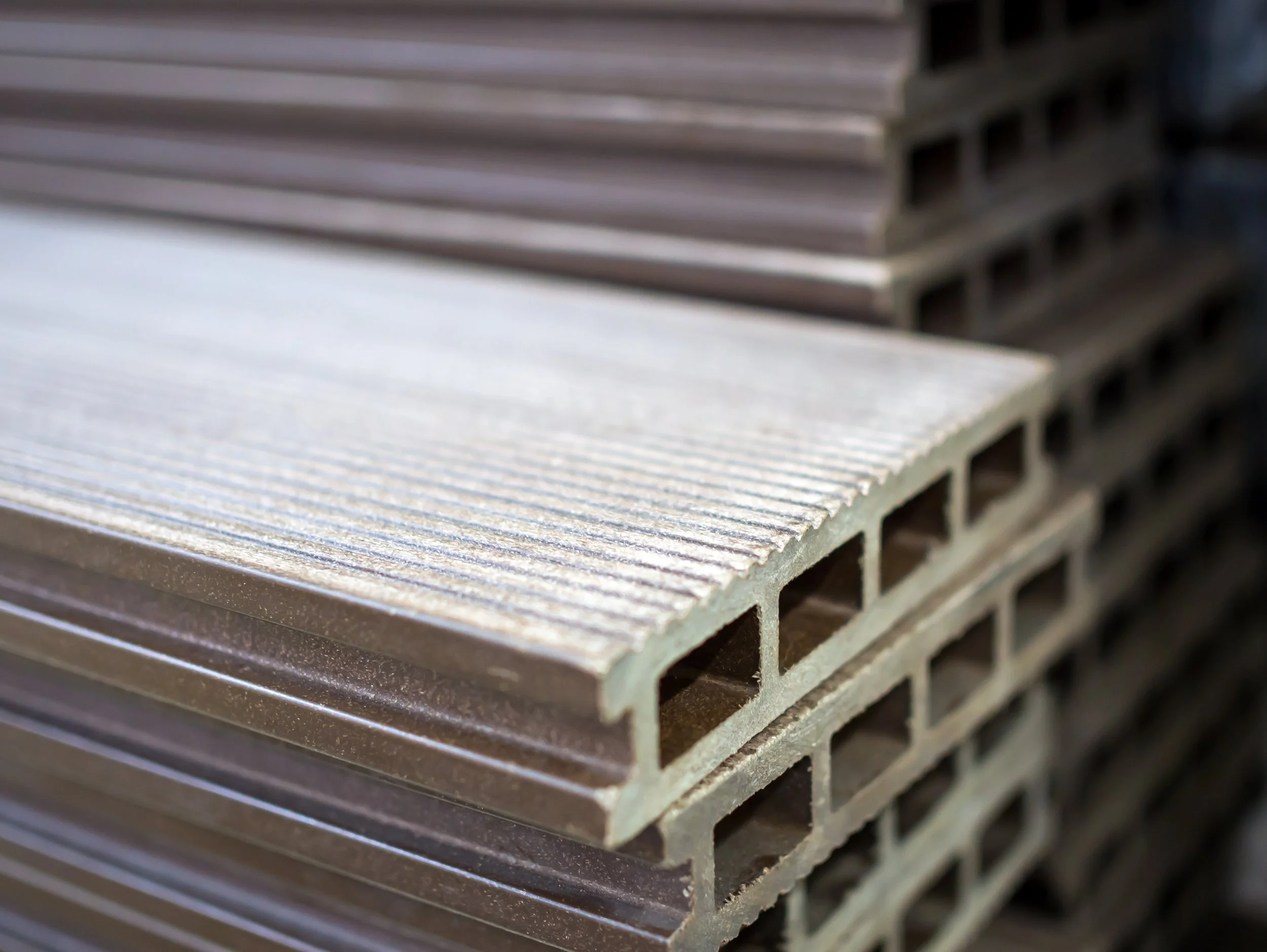Why rHDPE Matters for Consumer and Industrial Goods
Recycled High Density Polyethylene use is growing, but not fast enough.
Image: Shutterstock
Recycled High-Density Polyethylene (HDPE) is becoming increasingly important in both consumer and industrial products. This versatile plastic, commonly found in items including milk jugs, detergent bottles, pipes, outdoor furniture and decking, is a key material in the push for more sustainable manufacturing practices. Using rHDPE not only helps reduce waste but also conserves valuable resources and supports a circular economy that benefits the environment, businesses, and consumers alike.
HDPE is one of the most widely used plastics, but a large portion of it ends up in landfills or as litter [1], so the environmental benefits of recycling HDPE are clear. The process of creating new HDPE from raw materials is energy-intensive, requiring a significant amount of fossil fuels. In contrast, recycling HDPE uses much less energy, which results in fewer greenhouse gas emissions and a smaller carbon footprint [2]. Increasing the recycled content of manufactured goods through the use of rHDPE is strategic to reducing plastic waste, conserving resources, and creating a more sustainable manufacturing economy.
One of the most direct methods to increase rHDPE content is through packaging. Many household products, such as detergent bottles, milk jugs, and other food containers can be made from rHDPE. Leading brands are already increasing the amount of recycled content in their packaging, with some aiming for 50% or more rHDPE in their bottles and containers [3]. This is a clear example of how recycling can be scaled up to reduce reliance on virgin plastic, cut waste, and address circular economy.
rHDPE is also used in a wide variety of durable consumer products. Outdoor furniture, playground equipment, and garden storage bins are often made from rHDPE, which is durable and resistant to the elements. These products provide an excellent example of how rHDPE can be repurposed into long-lasting, high-quality items, demonstrating that recycled resins are just as effective as their prime counterparts. Advancements in recycling technologies, particularly with reactive masterbatches to improve processing and properties, are currently addressing this issue. Using rHDPE allows converters to create reliable products while providing an outlet for their own scrap and regrind.
While the benefits of increasing rHDPE content are clear, several challenges remain. One of the primary barriers is contamination in the recycling stream. When HDPE is mixed with other types of plastic or non-recyclable materials, the quality of recycled feedstocks can be compromised, making them more challenging to use in new products. Additionally, many recycling programs do not accept certain types of HDPE or lack the infrastructure to process it efficiently. Expanding recycling programs and improving the collection and sorting systems will be crucial to ensuring a consistent supply of clean, high-quality rHDPE feedstocks. Education campaigns that encourage proper disposal and separation can also help improve the quality of recycled materials [4].
Increasing the use of rHDPE in manufactured goods is a critical step toward achieving a more sustainable and circular economy. By using higher levels of rHDPE in products from packaging to durable goods, manufacturers can reduce plastic waste, conserve resources, and lower their carbon emissions. Not only does this benefit the environment, but it also makes good economic sense by reducing the reliance on virgin plastic and supporting the growth of the recycling industry.
Want to learn more about how reactive masterbatches can improve processability of rHDPE in films, blow molded parts, and extrusions? Reach out for an initial consultation today.

